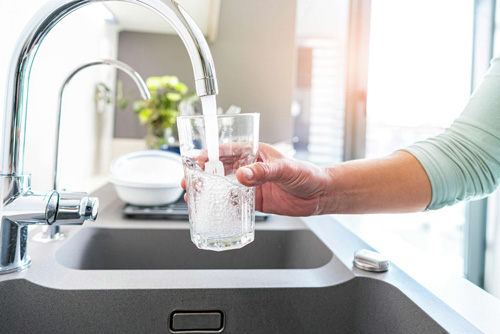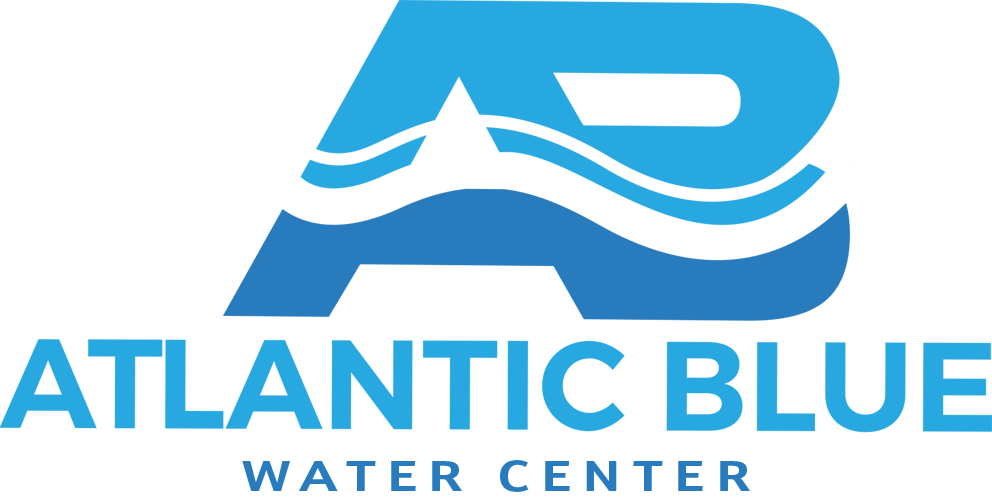In an era where clean and safe drinking water is paramount, the importance of reliable water testing methods cannot be overstated. As consumers, we are faced with a myriad of options when it comes to testing the quality of our drinking water, each claiming to provide accurate and insightful results. In this blog, we delve into the world of water testing, exploring and comparing different methods available in the market. From traditional chemical analyses to modern technological innovations, we aim to unravel the strengths, weaknesses, and nuances of various testing approaches.
What Contaminants Should You be Testing for?
When it comes to ensuring the safety of drinking water, it’s crucial to test for a variety of contaminants that can potentially pose health risks. Common contaminants include microbial agents like bacteria, viruses, and parasites, which can cause waterborne illnesses. Chemical contaminants such as heavy metals (like lead and arsenic), pesticides, and industrial pollutants are also significant concerns. Testing for inorganic substances like nitrates and nitrites is essential, as they can stem from agricultural runoff and impact water quality. Additionally, monitoring for organic pollutants, such as volatile organic compounds (VOCs) and synthetic chemicals, helps assess the overall purity of the water. Regular testing for these contaminants provides a comprehensive understanding of water quality and ensures that appropriate measures can be taken to safeguard public health.
1. Traditional Chemical Testing:
This method involves using chemical reagents to detect the presence of specific contaminants. It’s a well-established technique and can provide accurate results for a wide range of substances, including heavy metals and bacteria. However, the process can be time-consuming, and the need for specialized equipment makes it less convenient for routine testing at home.
2. Microbial Testing:
Microbial testing focuses on identifying harmful microorganisms like bacteria and parasites. Common methods include culturing samples in a laboratory or using rapid test kits. While effective in detecting microbial contamination, these tests may not capture the full spectrum of potential pollutants, such as chemicals or heavy metals.

3. pH Testing:
Measuring the acidity or alkalinity of water through pH testing is a quick and simple method. However, pH alone does not provide a comprehensive overview of water quality. It’s more of an indicator of the water’s basic chemical nature. In combination with other tests, pH testing can be a valuable component of a thorough analysis.
4. Electronic Testing Devices:
With technological advancements, electronic testing devices have become popular for at-home water testing. These devices often use sensors to detect various contaminants and provide quick results. While convenient, the accuracy of these devices may vary, and they may not be as reliable as laboratory-based methods for detecting low concentrations of certain contaminants.
5. Spectrophotometry:
Spectrophotometry involves measuring the absorption of light by water samples. This method is highly accurate and can detect a wide range of contaminants. However, it requires specialized equipment and trained personnel, making it more suitable for professional laboratories than for home use.
What Should You do if Your Water is Contaminated?
If you discover that your drinking water is contaminated, it’s crucial to take immediate action to safeguard your health and well-being. Firstly, refrain from consuming any water that may be contaminated to prevent potential health risks. Identify the source of contamination, whether it’s from industrial pollutants, microbial agents, or other contaminants. Contact your local water authority to report the issue and seek guidance on the steps to be taken. In the meantime, consider using alternative sources of safe water, such as bottled water or water from a known, reliable source. Boiling water can also be an effective short-term solution to kill certain contaminants. It’s essential to stay informed about the specific contaminants present in your water and follow any advisories or instructions provided by local health authorities. Regular testing and monitoring of water quality are essential to ensure the long-term safety of your drinking water.
Contact Atlantic Blue Water Center for a Complimentary Water Test
Water testing methods are crucial for protecting human health and the environment. Analyzing these methods underscores the importance of a balanced approach, factoring in accuracy, cost, and suitability for different situations.
As technology progresses, adopting advanced techniques will improve our capacity to monitor and safeguard water quality effectively. If you seek further details about water services and how we can help enhance your water’s quality, reach out to Atlantic Blue Water Center at (410) 751-9200. Our team is committed to providing comprehensive solutions tailored to your specific needs, ensuring the safety and purity of your water supply.
